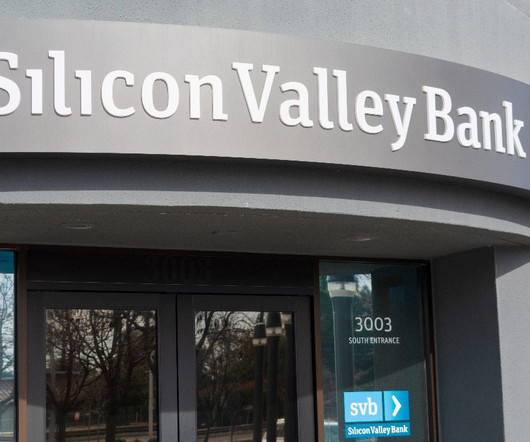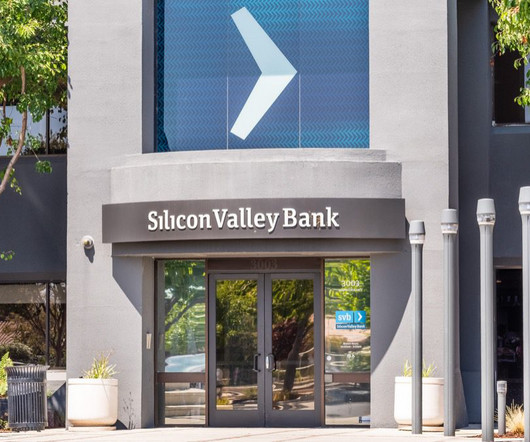Lessons From SVB
Chief Executive
MAY 25, 2023
The banking crisis kicked off by the demise of Silicon Valley Bank opened other crevices, ranging from the creakiness of the global financial system to the riskiness of the Fed’s approach to inflation-fighting to the infirmity of the engine of innovation that has been driven by America’s digital-tech giants for a quarter-century.














Let's personalize your content